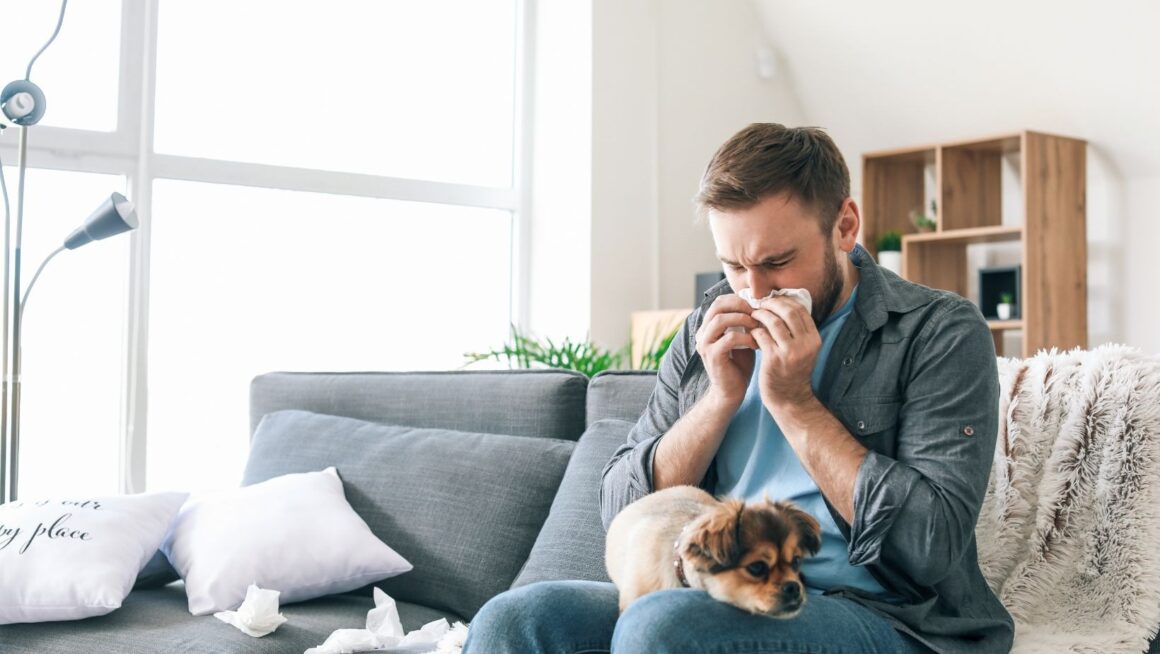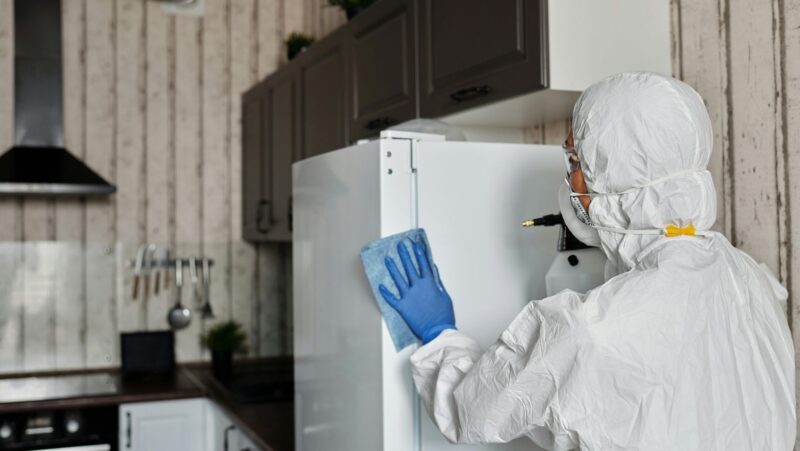For millions of pet-loving families, the daily struggle with allergies doesn’t have to mean an impossible choice between furry companions and comfortable breathing. While sneezing fits, itchy eyes, and that familiar tightness in your chest can make life miserable, there’s real hope in creating a home where both you and your pets can thrive together.
The secret lies in understanding that pet allergies aren’t just about “dealing with it”—they’re about taking control through smart, targeted strategies. At the heart of any successful approach is consistent cleaning with a specialized pet vacuum, designed to tackle the microscopic culprits that regular cleaning often leaves behind. This forms just one piece of a larger puzzle that, when assembled correctly, can transform your living space into a sanctuary for everyone.
Table of Contents
ToggleUnderstanding Pet Allergies
What Really Triggers Your Symptoms?
Here’s what might surprise you: it’s not actually your cat’s or dog’s fur that’s making you miserable. The real troublemakers are far sneakier—microscopic skin flakes called pet dander, proteins found in saliva and urine, and yes, sometimes the hair itself, but mainly as a carrier for these other allergens.
These invisible irritants are remarkably stubborn. They’re light enough to float through your home for hours, yet sticky enough to embed themselves deep into fabrics, carpeting, and upholstery for months at a time. Even more frustrating? These allergens are so persistent that they can hitchhike into pet-free homes on visitors’ clothing, making them nearly impossible to avoid completely.
When Your Body Fights Back
Pet allergy symptoms rarely keep to themselves. You might notice the classic trio of sneezing, a runny or congested nose, and watery, itchy eyes. But the effects can extend further—skin rashes, persistent coughing, and even asthma-like symptoms including wheezing or shortness of breath.
The tricky part is distinguishing these reactions from seasonal allergies or that lingering cold. Pet allergies tend to be more consistent and predictable, often worsening in specific areas of your home or after direct contact with your animal.
Strategies for Reducing Pet Allergens at Home
The Foundation: Smart Cleaning Habits
Think of allergen management as building a fortress—and your cleaning routine is the foundation. Without consistent maintenance, even the best air purifiers and medications will fight an uphill battle against accumulating dander and hair.
A pet vacuum engineered specifically for homes with animals becomes your most valuable ally here. Unlike standard vacuums, these machines feature enhanced filtration systems and more powerful suction designed to capture the fine particles that slip through regular cleaning. Focus your efforts on carpets, upholstered furniture, and your pet’s favorite lounging spots.
Weekly washing of pet bedding, toys, and blankets in hot water helps break the cycle of allergen accumulation. If possible, consider gradually replacing heavy carpeting and fabric-heavy furniture with hard flooring surfaces like hardwood, tile, or laminate—they’re far easier to clean thoroughly and offer fewer hiding spots for allergens.
Drawing the Line: Pet-Free Zones
Creating designated pet-free zones, especially in bedrooms, can provide crucial relief during the hours when your body should be recovering. Your bedroom should become a sanctuary where allergen exposure drops to manageable levels.
Success here requires commitment from the whole family—keeping doors closed, using dedicated air filtration in these spaces, and being mindful about transferring allergens on clothing or hands.
Clearing the Air
HEPA air purifiers work around the clock to capture airborne particles, but they’re only as good as their maintenance schedule. Regular filter replacement keeps these systems operating at peak efficiency. Pairing purifiers with high-quality furnace filters and ensuring good ventilation helps dilute allergen concentrations throughout your entire home.
Your Pet’s Role in the Solution

Regular grooming significantly reduces the amount of dander and loose hair your pet sheds around the house. Frequent brushing and bathing—ideally handled by a non-allergic family member—can make a substantial difference in your overall comfort level.
Medical and Lifestyle Approaches
Professional Support Options
Over-the-counter antihistamines, nasal corticosteroid sprays, and prescription treatments can provide significant relief. For severe cases, immunotherapy (allergy shots) might offer long-term improvement. However, working with a healthcare professional ensures you’re addressing your specific triggers rather than taking a one-size-fits-all approach.
Looking Beyond the Obvious
Sometimes the picture is more complex than it initially appears. Pet food allergies can compound environmental sensitivities, making hypoallergenic pet foods worth considering. Similarly, switching to fragrance-free, hypoallergenic cleaning products and pet shampoos eliminates additional irritants that might be amplifying your reactions.
Practical Tips for Everyday Living
Daily habits that make a real difference:
• Run your pet-specific vacuum regularly, focusing on high-traffic areas and your pet’s favorite spots
• Wash hands thoroughly after any pet contact—this simple step prevents transferring allergens to your face
• Maintain strict boundaries around pet-free zones, especially bedrooms
• Position air purifiers strategically in main living areas and sleeping spaces
• Consider wearing a mask during cleaning sessions if you’re particularly sensitive
Remember: The most effective allergy management combines multiple strategies rather than depending on any single solution.
Real-World Success Stories
Take the Johnson family’s experience—they managed to reduce their daughter’s pet allergy symptoms by 80% through a comprehensive approach. Their strategy included establishing regular cleaning schedules, using a specialized pet vacuum twice weekly, maintaining pet-free bedrooms, and installing HEPA air purifiers in main living areas. Weekly pet baths, recommended by their veterinarian, provided the final piece of their success puzzle.
Healthcare professionals consistently emphasize that environmental modifications work best when combined with appropriate medical treatment tailored to individual needs.
Finding Your Path Forward
Successfully managing pet allergies requires patience, the right tools, and often professional guidance—but it’s absolutely achievable for most families determined to keep their beloved animals. The key insight is recognizing that allergen reduction is an ongoing commitment, not a quick fix.
By focusing on clean environments, investing in appropriate equipment like specialized pet vacuums, and seeking professional medical advice when symptoms persist, you can create a home where both pets and people are comfortable and healthy.
Start by honestly assessing your current situation, then implement changes gradually. Focus first on the strategies that typically provide the biggest impact—improved cleaning routines and better air filtration. With the right approach and consistent effort, you can absolutely find that sweet spot where pet companionship and personal comfort coexist beautifully.





